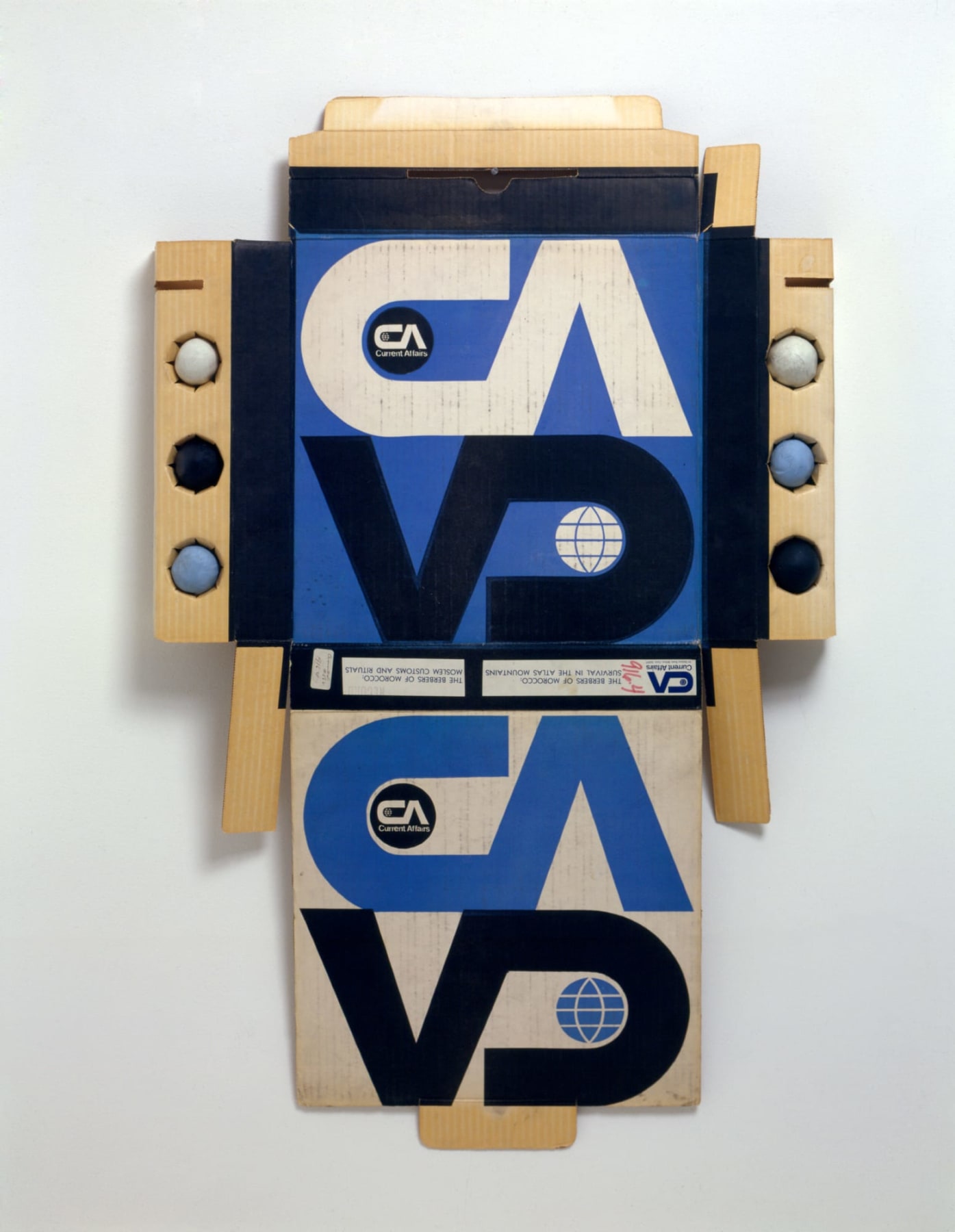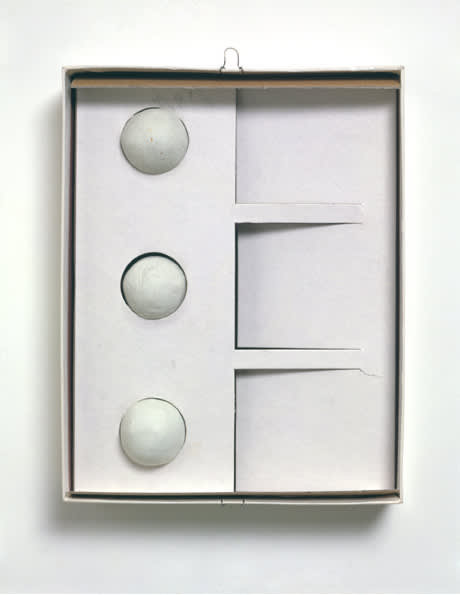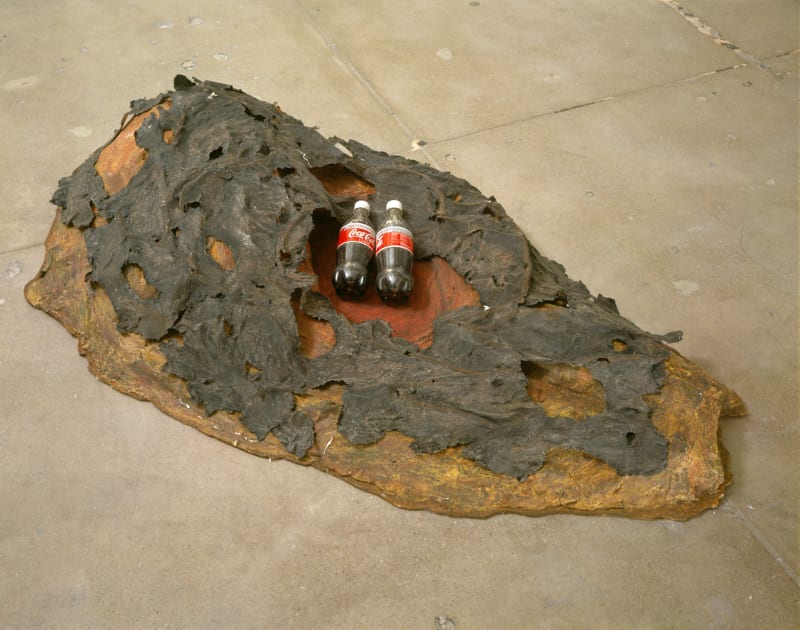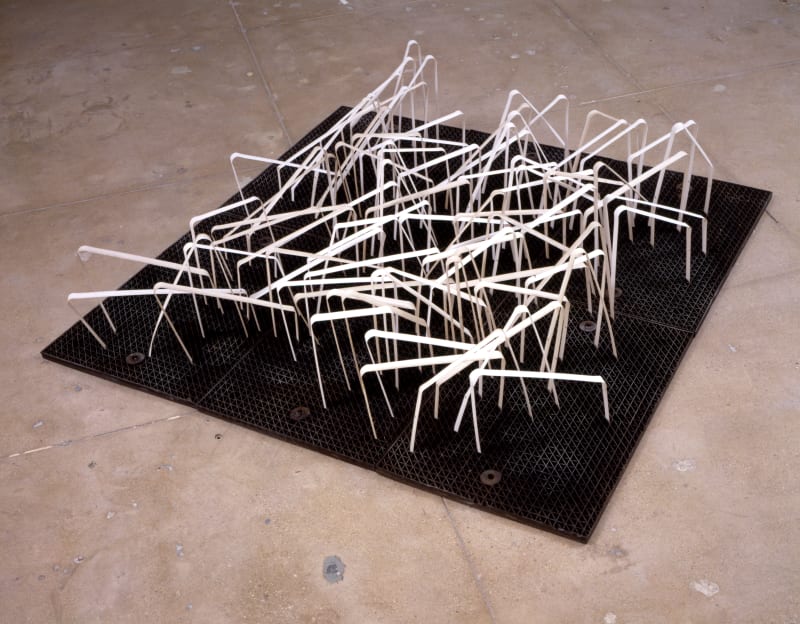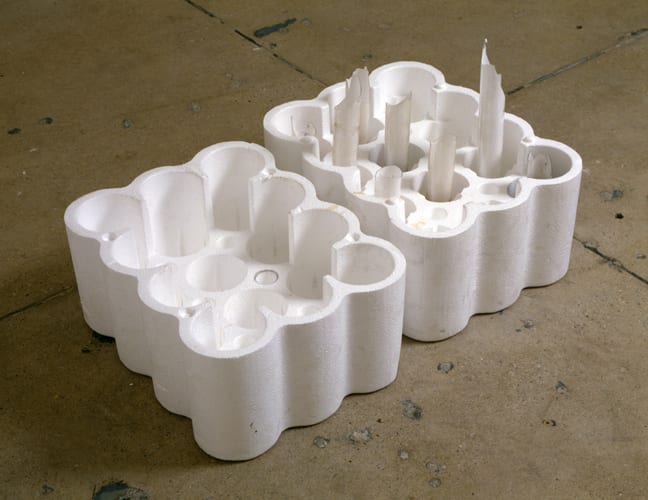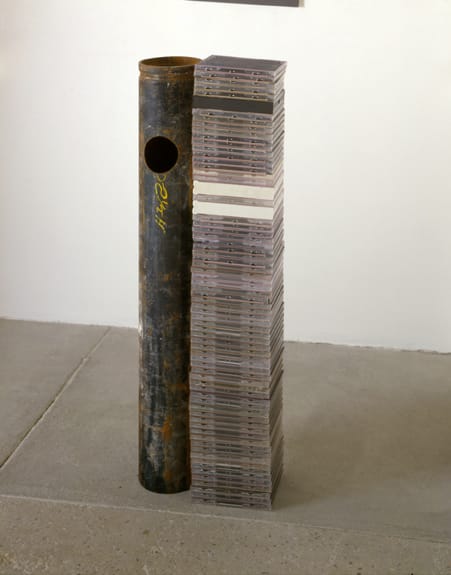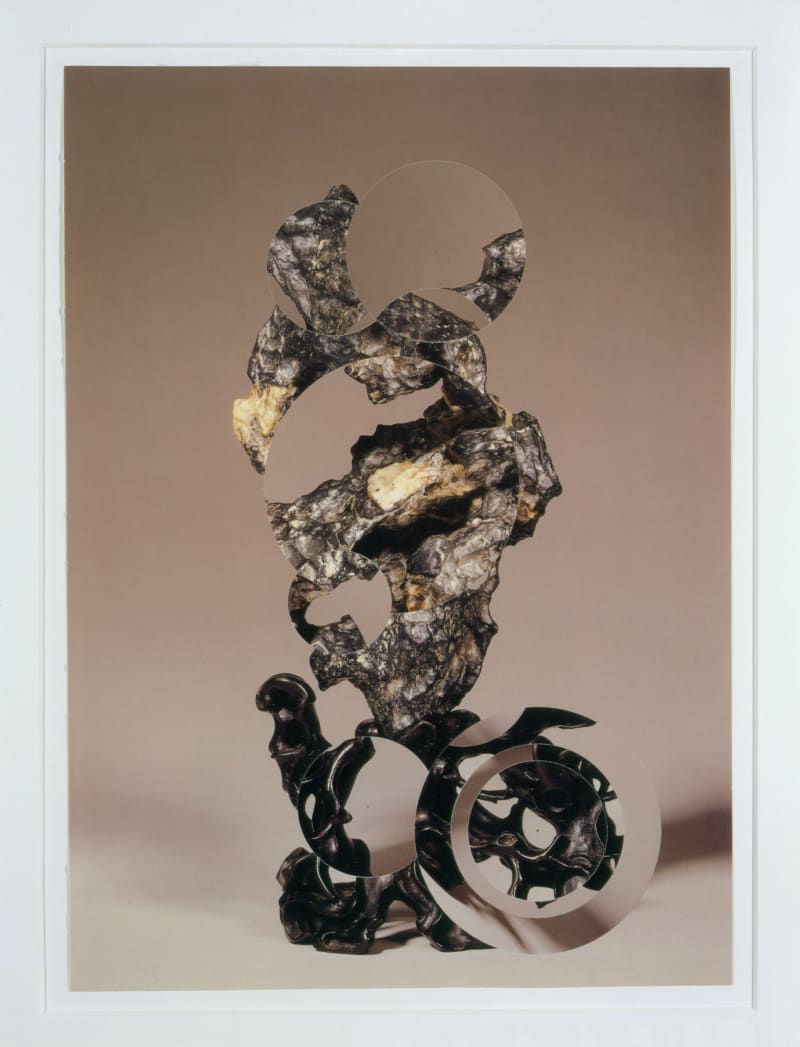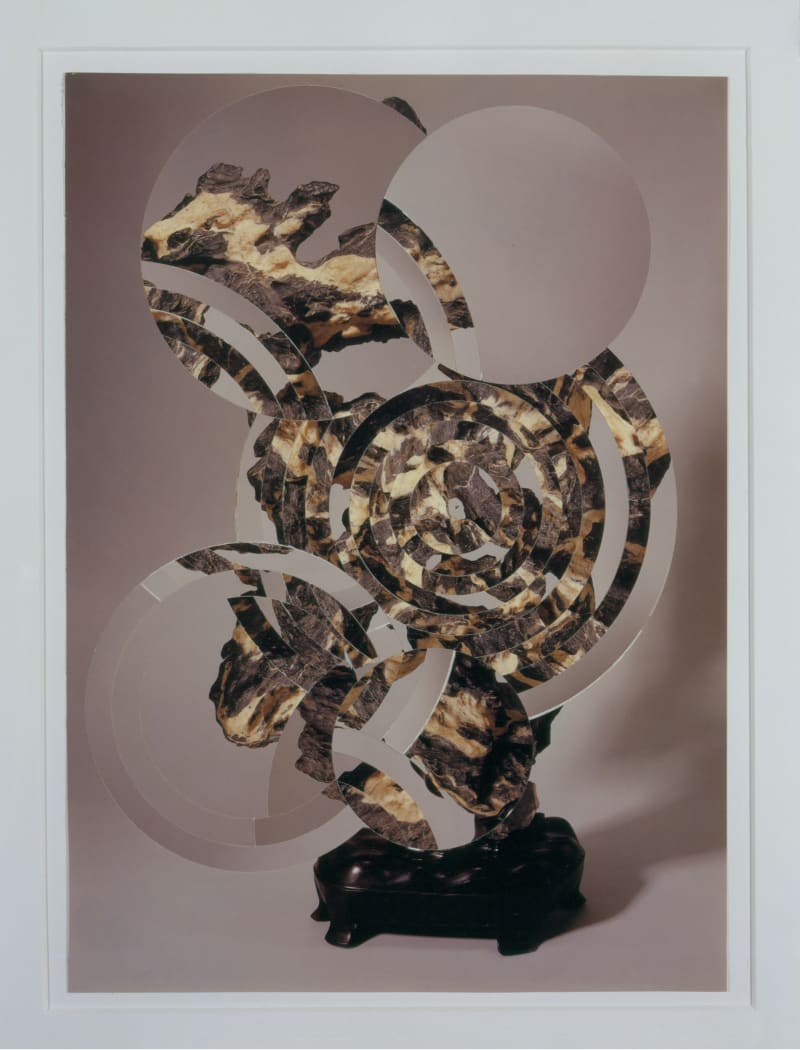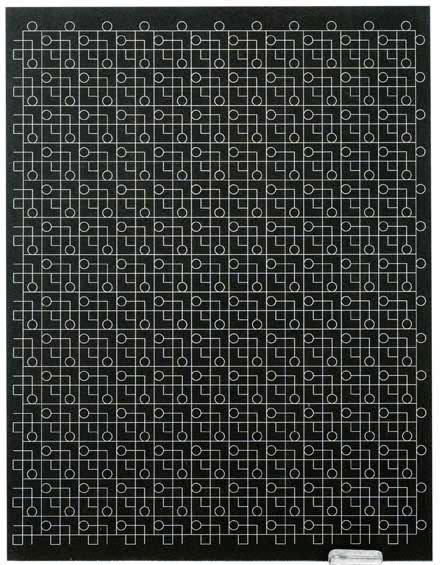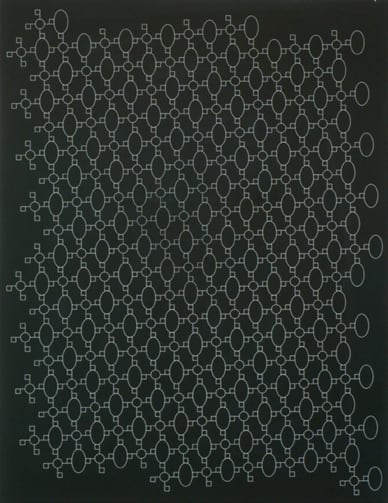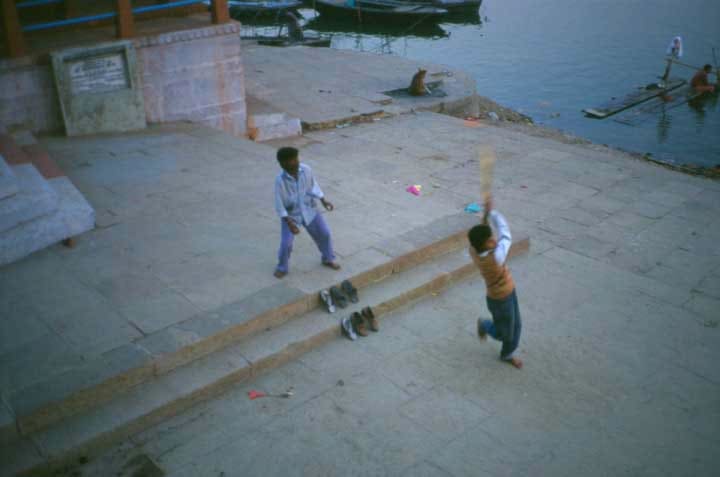Overview
The Marian Goodman Gallery is very pleased to announce an exhibition of work by Gabriel Orozco, opening on November 24th and continuing through January 2nd, 1999. This will be Orozco's first solo exhibition in New York in two years and will include new work as well as a number of recent works seen previously only in Europe. Since his last show at Marian Goodman Gallery, through a diverse series of works and forms, Orozco has continued to engage nature and the social environment with the viewer's ability and prerogative to experience and comprehend that which surrounds and implicates one in daily life, and the way one defines oneself in and through that relation. Orozco's work can in a sense be seen as the constant generation of a set of instruments and situations which the viewer will or can take away and use to redefine their reality after the moment of experience within the gallery or museum has passed.
Over the last two years Orozco has had solo exhibitions in several major European museums, namely the Stedelijk Museum in Amsterdam; Centre de la Vieille Charité, Musées de Marseille; Musée Nationale d'Art Moderne de la Ville de Paris (ARC). In addition, he has participated in Documenta X and Skulptur Projekte Münster, as well as the 1998 Sao Paolo Bienal. With each exhibition Orozco has clearly made his mark as one of the most significant artists of his generation. In his conversation with Benjamin Buchloh in the ARC catalog "Clinton is Innocent", Orozco declares that "what is most important is not so much what people see in the gallery or the museum, but what people see after looking at these things, how they confront reality again". While these words modestly underestimate the beauty, intrigue and wit of the objects that Orozco makes, they offer a compelling explanation for the enduring and moving impact that his works have beyond gallery and museum walls.
Gabriel Orozco
Free Market is Anti-Democratic
The Marian Goodman Gallery is very pleased to announce an exhibition of work by Gabriel Orozco, opening on November 24th and continuing through January 2nd, 1999. This will be Orozco's first solo exhibition in New York in two years and will include new work as well as a number of recent works seen previously only in Europe. Since his last show at Marian Goodman Gallery, through a diverse series of works and forms, Orozco has continued to engage nature and the social environment with the viewer's ability and prerogative to experience and comprehend that which surrounds and implicates one in daily life, and the way one defines oneself in and through that relation. Orozco's work can in a sense be seen as the constant generation of a set of instruments and situations which the viewer will or can take away and use to redefine their reality after the moment of experience within the gallery or museum has passed.
Over the last two years Orozco has had solo exhibitions in several major European museums, namely the Stedelijk Museum in Amsterdam; Centre de la Vieille Charité, Musées de Marseille; Musée Nationale d'Art Moderne de la Ville de Paris (ARC). In addition, he has participated in Documenta X and Skulptur Projekte Münster, as well as the 1998 Sao Paolo Bienal. With each exhibition Orozco has clearly made his mark as one of the most significant artists of his generation. In his conversation with Benjamin Buchloh in the ARC catalog "Clinton is Innocent", Orozco declares that "what is most important is not so much what people see in the gallery or the museum, but what people see after looking at these things, how they confront reality again". While these words modestly underestimate the beauty, intrigue and wit of the objects that Orozco makes, they offer a compelling explanation for the enduring and moving impact that his works have beyond gallery and museum walls.
North Gallery:
Four separate works are installed in the North Gallery: “Pinched Stars”, “Dandelion”, “Yogurt Caps”, and “Penske Works”.
“Pinched Stars” were produced by squishing pieces of soft wax with the fingers, then multiplying the scale of each piece seven times whilst attempting at the same time to reproduce in detail the gesture of a small pinch and pull-out of the fingers into soft wax. The enlarged pieces were then cast in aluminum.
“Dandelions” were made in an artificial flower workshop in Paris. They are derived from geometric structures that start to grow in seven directions, forming branches, with each branch in turn growing seven times and then seven times again.
“Yogurt Caps” was installed by Orozco for his first solo exhibition at Marian Goodman Gallery in 1994.
“Penske Works” is a series of altered found objects the artist realized in New York City during the last four weeks. The work involved driving a Penske truck around the city until a construction container was found. Once found, the work continued inside by way of a process of collecting and regrouping of the found objects. The objects were then stored in the Penske truck as the search for the next container continued. This activity took place on a daily basis for four weeks. The collection of found objects is considered as one work.
For the current exhibition, Orozco has mixed all four groups of work together in an attempt to elaborate on the connection between the natural and the artificial, the accidental and the structural, landscape and the fragment, the found and the intentional to form a possible landscape and a structure to be discovered from everyday objects and specially-made objects.
Viewing Room:
In the new viewing room Orozco has installed a piece called “Mother” which was first presented at the Musée d’Art Moderne (ARC) in Paris this past summer. “Mother” consists of a house with two pianos. The six “Blackboards” installed in the viewing room, which were also shown in Paris, are reproductions and enlargements of computer prints which Orozco usually uses to produce his drawings. In this particular translation, Orozco wanted to enlarge them to a silk screen print on a blackboard which others could then use.
Corridor:
In the corridor there is a selection of photographs, intermixed with drawings (two constant activities in Orozco’s work) taken over the last year, and a model of “Aguapracasa” which is a design for a house conceived in 1995 after a building in the Jantar Mantar observatory in Delhi.
South Gallery:
“Ping-Pond Table” is a sculptural game which quadruplicates a ping-pong table generating a void in the center. The empty space is filled with water and lilies and other water plants which stand where a net would normally divide the table. The piece becomes a sculptural action that regenerates spaces from everyday objects. “Ping-Pond Table” in this exhibition is surrounded by a collection of recently made collages: the “Butterfly Effect” and “Eroded Suizekis”.
Print Room:
A collection of new photographs taken in India and Mexico.
